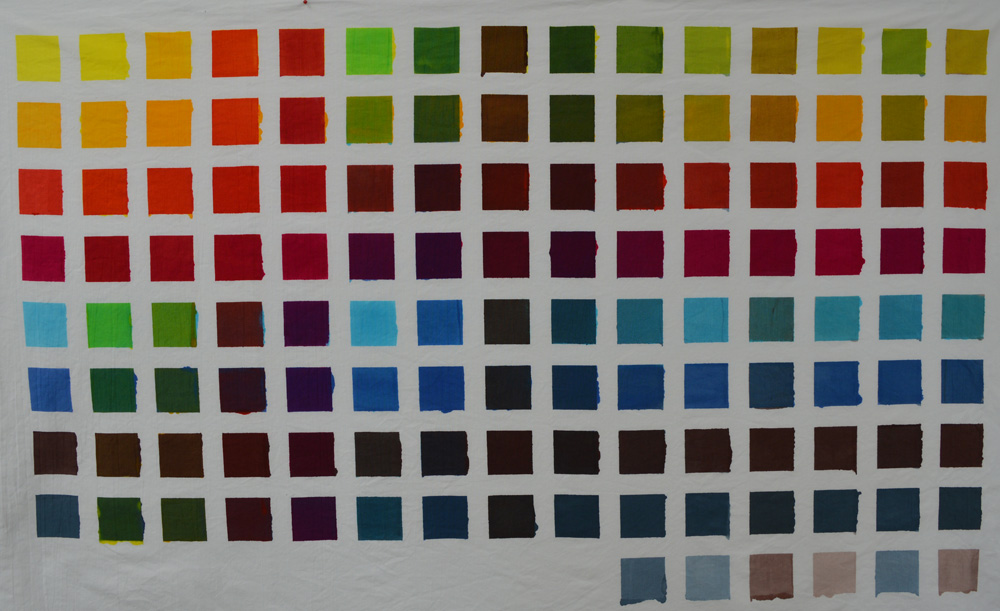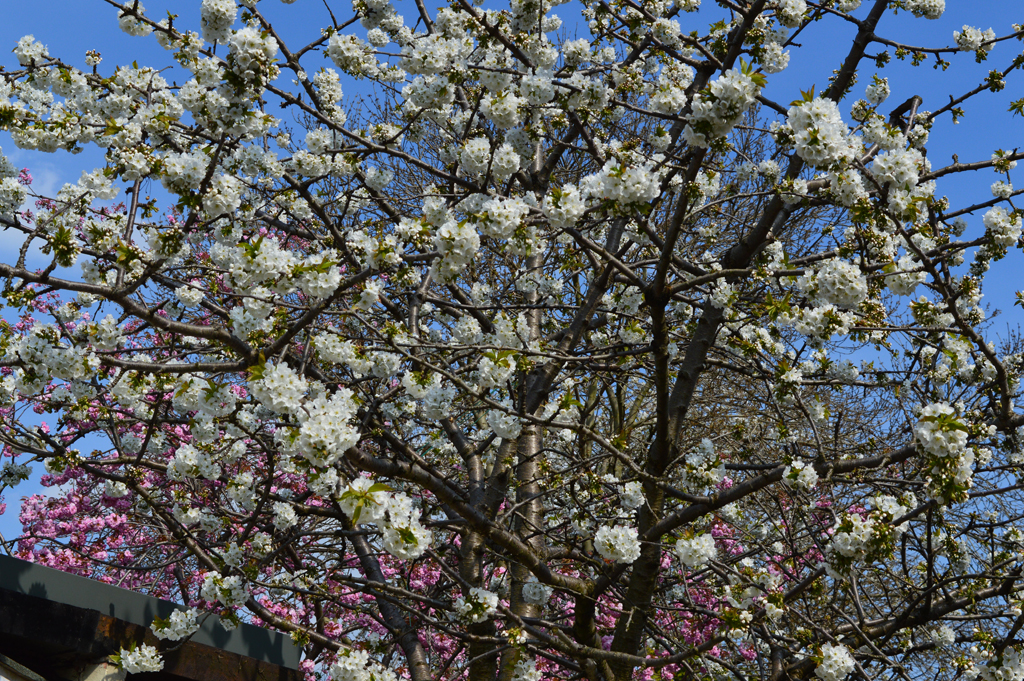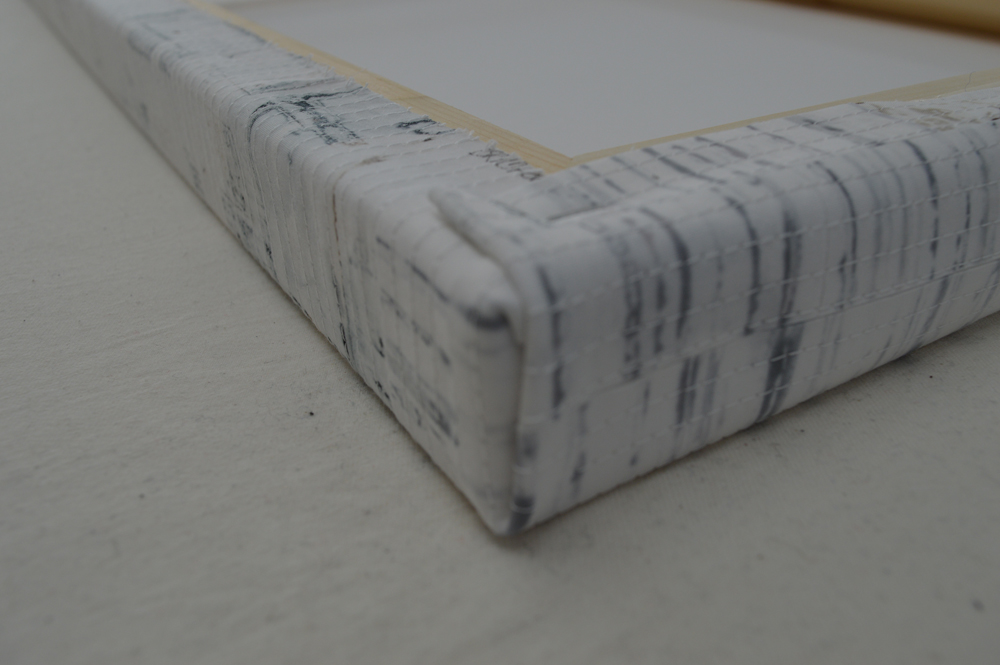Having spent lots of hours at my computer getting ready to teach (writing lesson plans etc) I have now moved onto the much more fun bit. I want to be as prepared as I absolutely can be which, for me, means creating lots of samples and practising the demonstrations that I'll be giving. I know that I know my stuff and I know that I have enough knowledge to probably demonstrate 'off the cuff' but that is not who I am. I'm a control freak who writes lists, makes detailed plans and practices, practices, practices! So whilst I wait for some 'official' stuff to come through that I need before I can launch my workshops properly I am playing at the bench.
Whilst I'm not planning on giving a class on colour just yet, colour is fundamental to surface design, particularly when you are layering one colour on top of another using dyes rather than paints. Sometimes you want to achieve dull, sludgy brown but when you don't and that's what you get it can be demoralising. So I am spending some very happy hours in my studio making different types of colour blankets that, I hope, my students will find useful. Inspired by Claire Benns wonderful DVD (Exploring Fiber Reactive Dyes from Gali Publishing) I have created my own version of a colour 'tartan' on two types of cotton to see if they take colour differently (they didn't) and am now making colour wheels based on secondary colours (oranges, purples and greens). I am playing with intent and loving every minute of it!






























